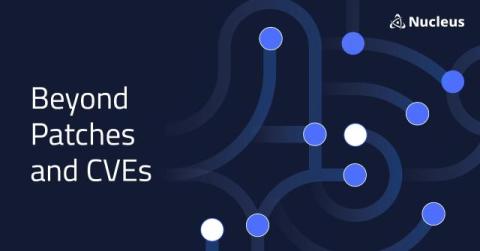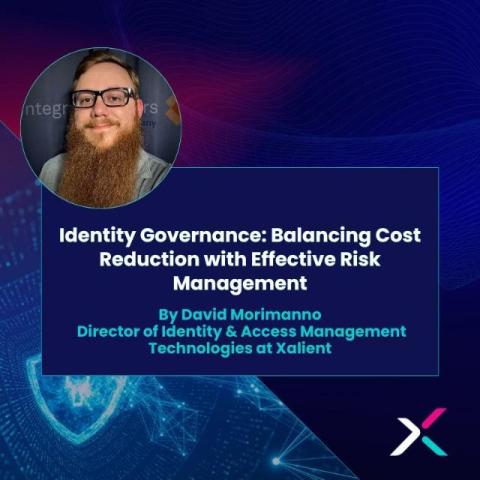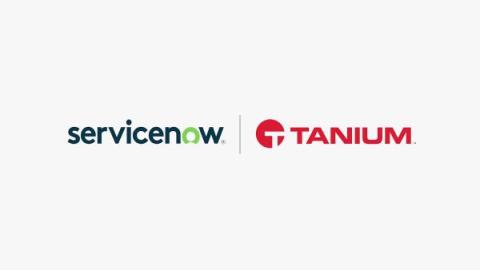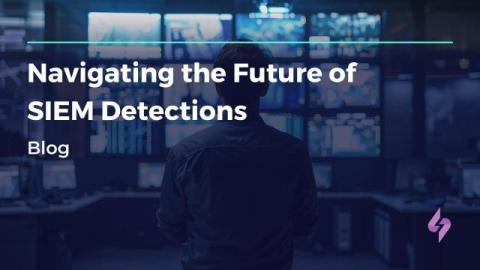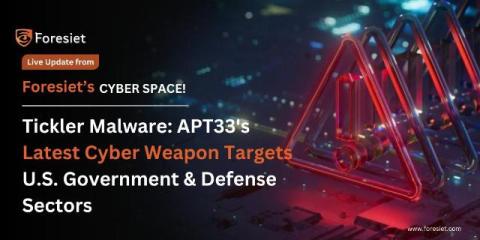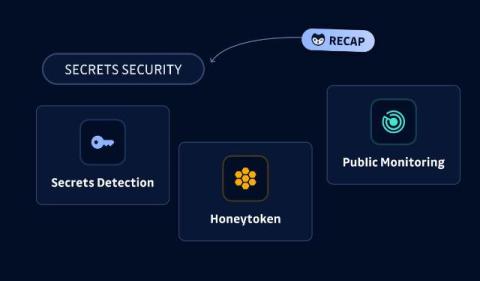Beyond Patches and CVEs: The New Dynamics of Enterprise Technology and Vulnerability Management
The enterprise technology landscape has changed significantly, driven by the rapid adoption of cloud technologies, evolving IT infrastructures, and evolving exploitation activities. This transformation requires that organizations take an updated approach to vulnerability management—one that goes beyond the traditional focus on patch management to encompass a broader spectrum of risks.


